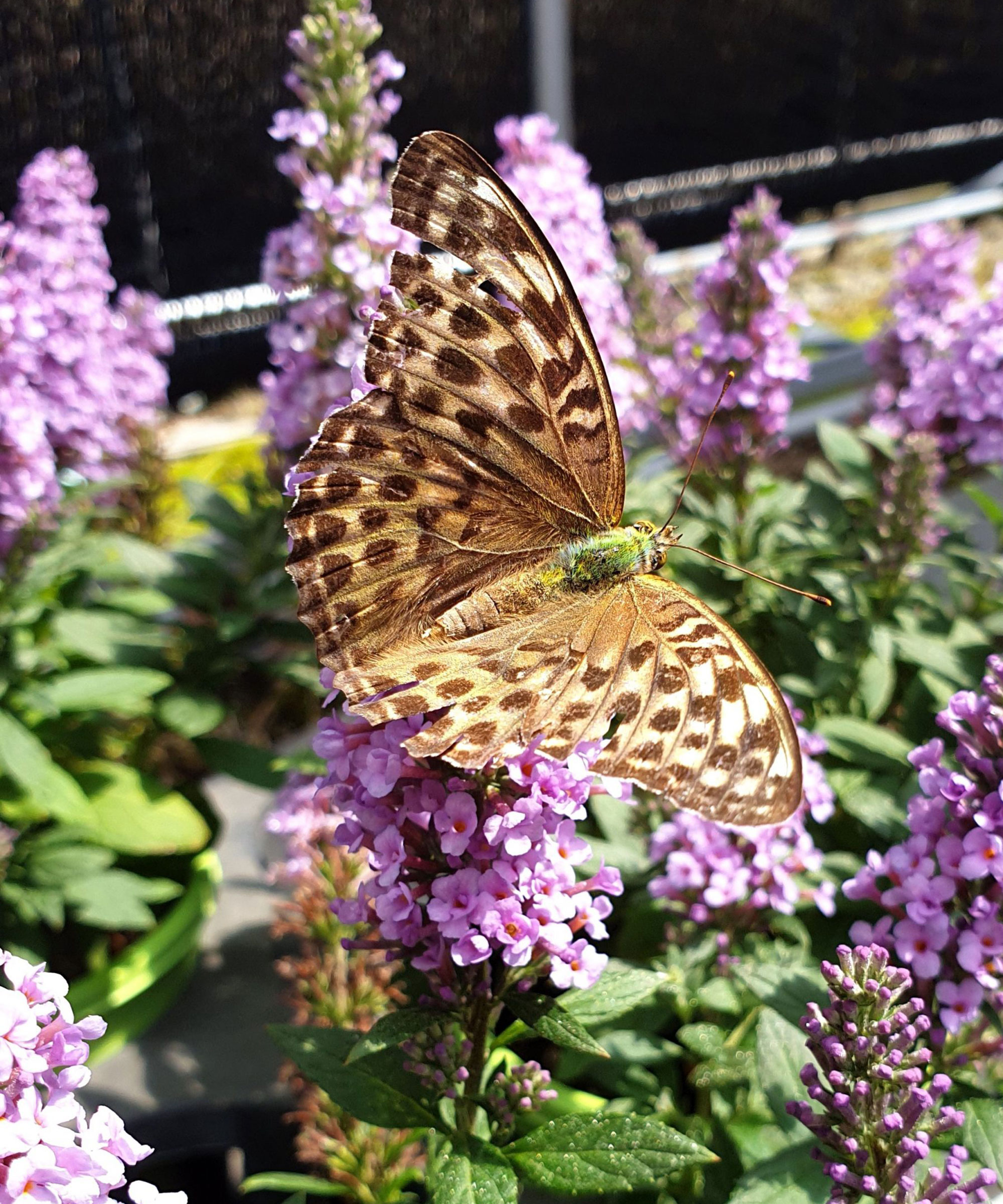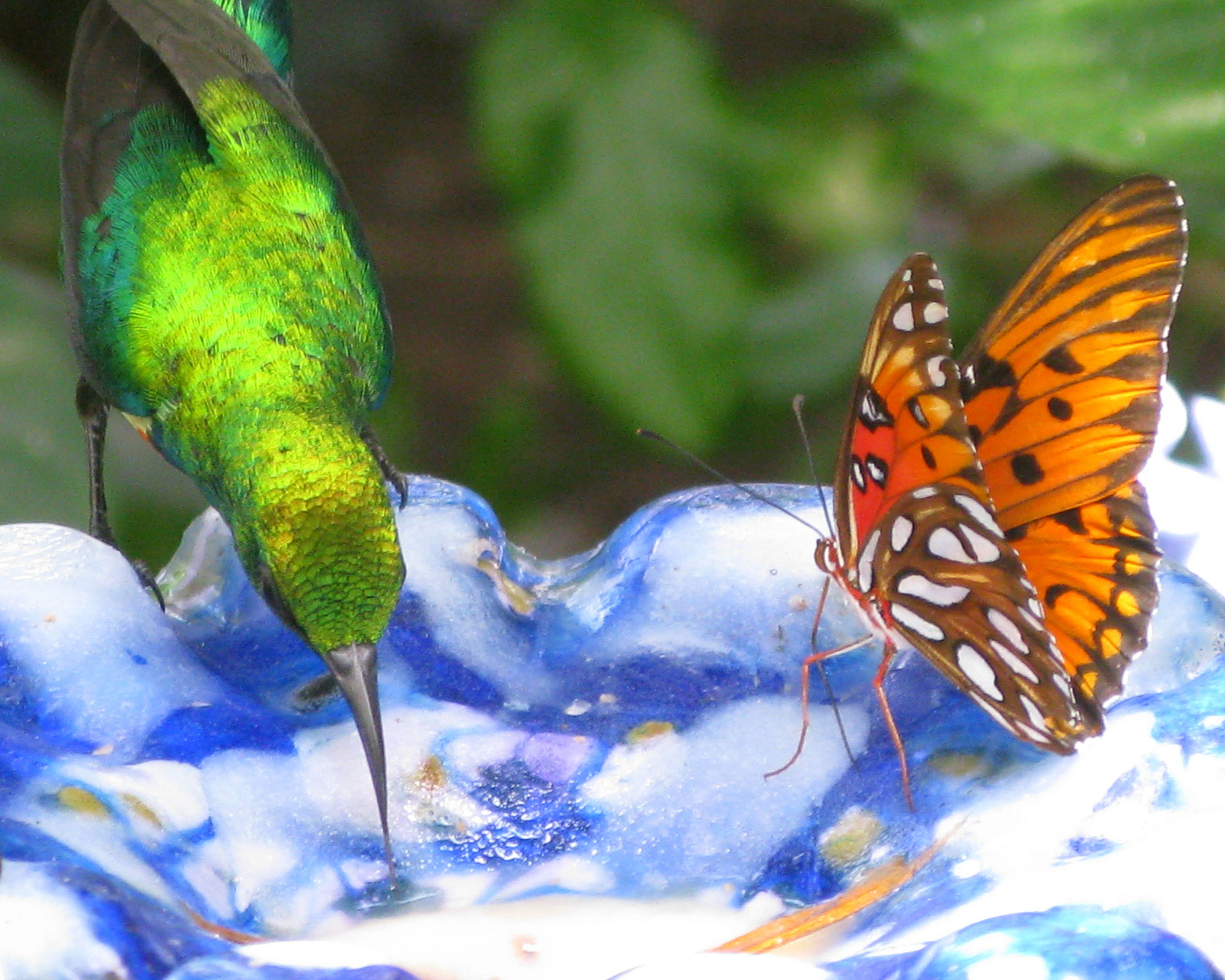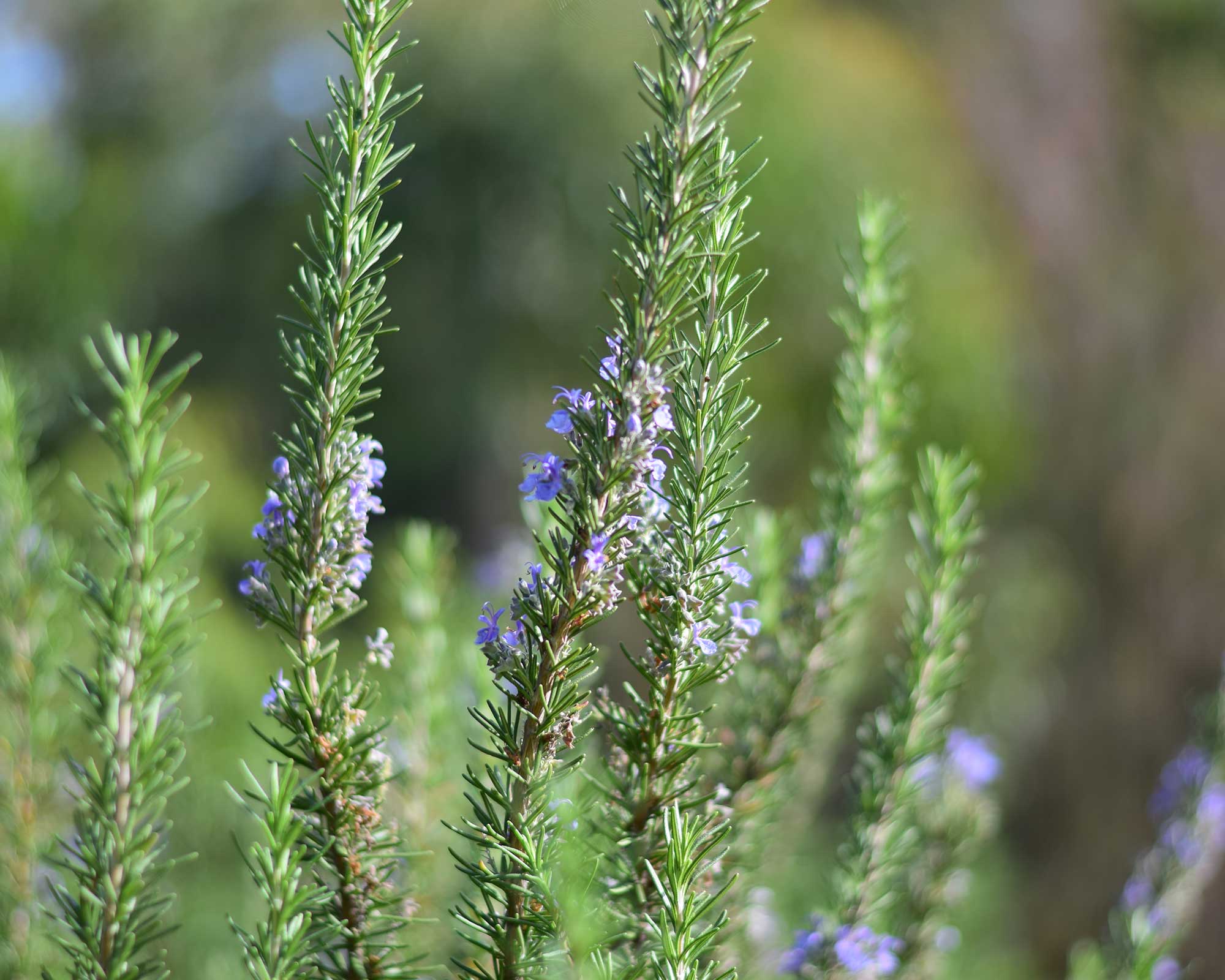Experts reveal how you can help bees and butterflies survive a drought
Lack of rainfall is causing harm to pollinating insects, but your garden could be turned into a life-saving service station to help them survive, say these experts


As drought is declared in England following the driest July since 1935 and many areas in the US and beyond are experiencing similar conditions, precious pollinating insects including bees and butterflies are suffering, especially as late summer and early autumn are vital before the winter rest period, warns Helen Bostock, senior wildlife specialist at the RHS.
'With many species of wild pollinator still in decline they need all the help they can get,' she says. 'So we can think of gardens as service stations for these pollinating insects. In a drought your wildlife garden might be the only reliable place a bumblebee or hoverfly can find water and nectar.'

Have water on tap
So insects can take a drink, the RHS suggests leaving out a shallow dish of water. Include some pebbles and place them standing slightly out of the water so insects have a safe place to land and take off. Situate the bowl close to their source of food to help them save energy.
'I would also provide a floatation device in the water such as a few corks to ensure bees and other pollinators don't drown,' says garden expert Emma Loker at gardening advice website DIY Garden.

Leave the lawn alone
Grass won’t grow as quickly in a drought, so don't worry about your lawn care for a while, encouraging clover to run wild instead.
Not only will this delicately scented wild plant extract nitrogen from the air and transfer it as a vital plant food source to the soil, it will also 'provide an abundance of nectar than many insect species can enjoy,' says Emma.
Encourage pollinator-friendly plants
Many blooms will suffer during drought periods, so to support pollinators, opt for the best plants for pollinators that are tolerant of hot, dry conditions.
'Plant drought-tolerant plants such as lavender, Californian poppies and ice plant (Hylotelephium spectabile syn. Sedum spectabile) and move pots and containers into the shade where possible,' says Helen.
'Foraging bees will go wild for flowering herbs during a drought, as these plants will likely retain their flowers, showing no signs of wilting,' says Emma.
'Herbs don't just enrich your cooking; they provide pollinators with a nectar source during a drought! Herbs such as sage, rosemary and marjoram are some of the best herbs to grow as they are relatively drought-tolerant, meaning they can handle the heat with little-to-no maintenance.'

You might also encourage cosmos, lavender, sunflowers, coneflowers and salvia to provide food sources, remembering to keep up regular deadheading during late summer months to ensure a constant supply of energy.
A good tip during drought is to spray down flowers with a misting bottle so that bees can pick up water and benefit from food sources at the same time.

Jayne Dowle is an award-winning gardening, homes and property writer who writes for publications including Sunday Times Home, Times Bricks & Mortar, Grand Designs, House Beautiful and The Spectator. She was awarded the Garden Journalist of the Year accolade at the Property Press Awards in 2021.
